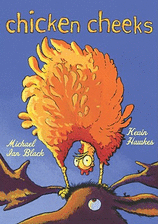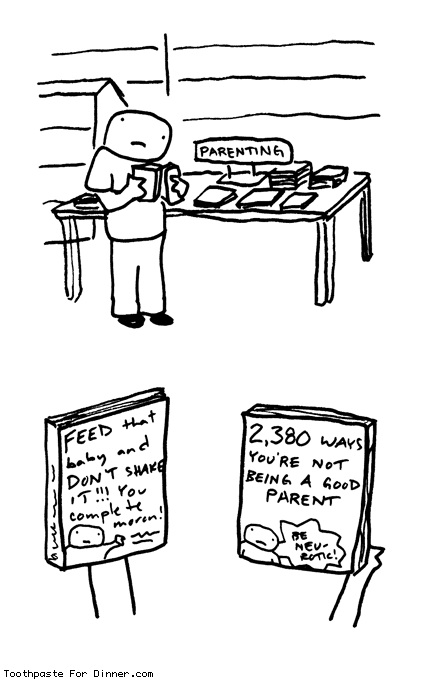
 I’ve been staying up late reading f&g’s, preparing for sales rep appointments which have been taking up the bulk of Lorna’s and my at-work hours these days. In the shuffle of the hundreds (literally) of picture books I’ve read in past few weeks, there have been a number of stand-outs. But one in particular has really knocked my socks off, in part because it’s rare to see a picture book so well-executed by a first-time author/illustrator. The book is Magic Box (Disney-Hyperion, June 2009) by Katie Cleminson, and I think BOTH are worthy of a gold star.
I’ve been staying up late reading f&g’s, preparing for sales rep appointments which have been taking up the bulk of Lorna’s and my at-work hours these days. In the shuffle of the hundreds (literally) of picture books I’ve read in past few weeks, there have been a number of stand-outs. But one in particular has really knocked my socks off, in part because it’s rare to see a picture book so well-executed by a first-time author/illustrator. The book is Magic Box (Disney-Hyperion, June 2009) by Katie Cleminson, and I think BOTH are worthy of a gold star.
If Antoinette Portis’s Not a Box and Emily Gravett’s Monkey and Me had a love child, it might just be this book. A playful, preschool-appropriate romp that’s a testament to the power of the imagination, Magic Box is the story of Eva, who receives a (seemingly) simple box for her birthday that allows her to tranform into a magician (with the addition of a hat, a wand, and a cape). Eva’s first trick is to wish for a pet named Monty, who arrives in the form of an ENORMOUS polar bear. Eva and Monty are soon accompanied by a large number of long-eared rabbits Eva has pulled from various hats, then later by a large menagerie of instrument-playing animals who contribute to the party-like atmosphere Eva and her wand have created. The party is capped off (as the best parties are) by a great deal of very lively dancing, and let me just say that the rabbits in this book have some truly impressive moves. When Eva’s party winds down to a fatigued finish, she snaps her fingers and the magic vanishes… almost. One large, furry piece of her entourage stays behind.
Much of what makes this story magical for the reader is the interplay of lines and color in Katie Cleminson’s delightful illustrations. Bold splotches of color stand in stark contrast to the grays of the ink-drawn characters here, but the simple additions of orange stripes on Eva’s shirt and rosy circles on her cheeks are enough to make readers warm to her immediately. Meanwhile, the splotches of paint on this book’s pages seem to have almost as much life as Eva and her animal friends. They grow in number and intensity as the story crescendos, adding color and movement to story in all the right places and all the right ways.
And can I just say that the endpapers are superb too? On them, blue-washed bunnies swing and tango their way across an empty music staff. Who needs notes when you’ve got dancing rabbits?
In summary, I think this is a perfect picture book. The text and illustrations are balanced perfectly, and the story feels fresh in spite of the fact that it’s a variation on a theme countless others have tried before. Anyone who has written one (or has tried) can tell you that a simple picture book is the hardest kind to write and/or illustrate. First-time author/illustrator Katie Cleminson has managed to both, and for that I think she ABSOLUTELY deserves a gold star. (Here’s hoping it’s the first of many!)














 Of course, these are not the first four picture books to feature backsides (as any child familiar with No, David! can tell you). But I can’t remember seeing this many books about butts in any one previous season, let alone year. In fact, had 2009 not already been coined The Year of the Ox, I might be tempted to call this The Year of the Butt. (But mostly because the idea of that makes me chuckle.)
Of course, these are not the first four picture books to feature backsides (as any child familiar with No, David! can tell you). But I can’t remember seeing this many books about butts in any one previous season, let alone year. In fact, had 2009 not already been coined The Year of the Ox, I might be tempted to call this The Year of the Butt. (But mostly because the idea of that makes me chuckle.)




















